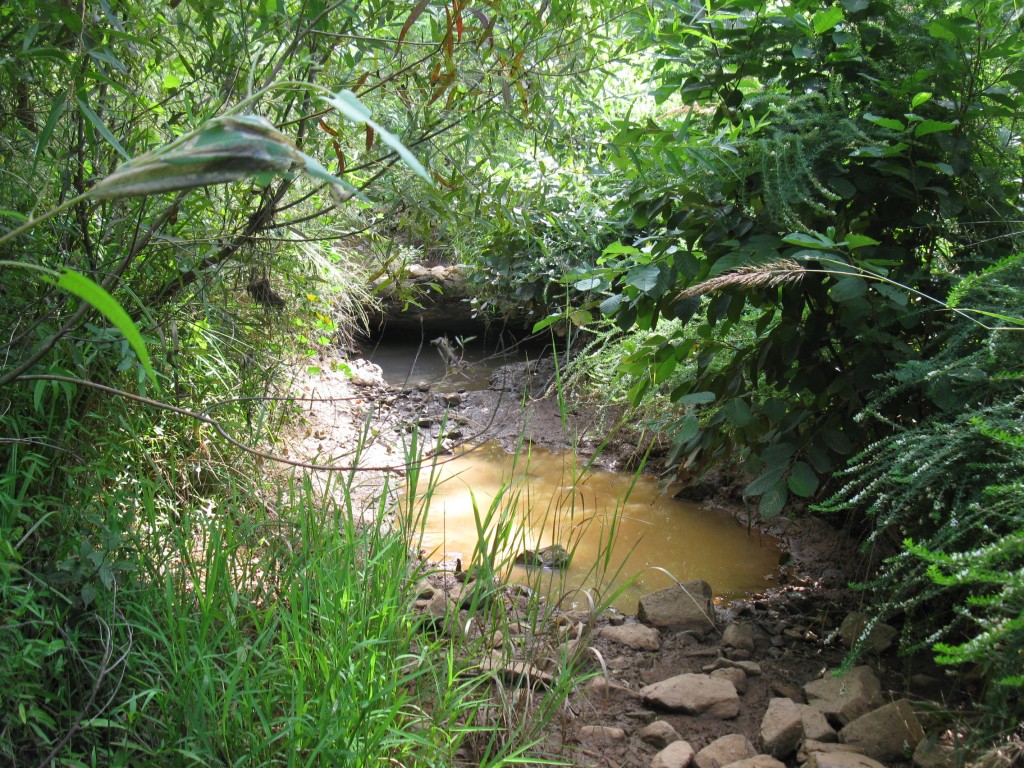Abstract: Evaluating the success of urban stream restoration in an ecosystem services and watershed context
I’ll be at the 2013 Upper Midwest Stream Restoration Symposium in LaCrosse, Wisconsin in February. Even though the conference focuses on the Upper Midwest (of which Ohio is a part), I’m going to be talking about work from the southeastern US. Of course, the conference will be a great chance for me to learn from and make connections with stream restoration practicioners and scientists in the Midwest. I’m really looking forward to it, and hopefully they won’t call me out as a carpetbagger. I actually grew up ~25 miles from the conference location. Here’s the abstract.
Evaluating the success of urban stream restoration in an ecosystem services and watershed context
Anne Jefferson1, Sandra Clinton2, Mackenzie Osypian3, Sara McMillan3, Alea Tuttle2
1. Department of Geology, Kent State University
2. Department of Geography and Earth Sciences, University of North Carolina at Charlotte
3. Department of Civil Engineering, University of North Carolina at Charlotte
In urban watersheds, the capacity of streams to provide essential ecosystem services is often limited as a result of channel straightening, incision and removal of geomorphic features. Stream restoration seeks to provide stream stability while reestablishing ecosystem services, but restoration alone may not mitigate the effects of watershed land-use change and urbanization. Stream restoration activities frequently impact transient storage and hyporheic exchange, the processes by which water movement is slowed down or temporarily detained at the surface or in the streambed. Transient storage and hyporheic exchange zones are important regulators of nutrient retention and stream temperature, and they harbor diverse biological communities. However, it is unknown how successful stream restoration activities are at creating ecologically effective storage and exchange zones that promote improved water quality and nutrient retention. In a series of studies in Charlotte, North Carolina, we have evaluated restored and unrestored streams to quantify and compare transient storage and nutrient retention. Our goal is to evaluate the relative success of restoration activities for ecosystem services in urban and forested watersheds. We measured increased transient storage and greater variability in upwelling and downwelling vertical hydraulic gradients in restored relative to unrestored reaches. However, restored reaches also had lower hydraulic conductivity of bed sediments, which was likely related to to restoration practices such as streambed compaction and installation of landscaping fabric and cement below structures that may reduce the magnitude of hyporheic exchanges. Restored streams also have higher water temperatures than unrestored streams. The removal of riparian vegetation and soil disturbance and compaction during the restoration process, along with continued input of nutrients from fertilizers in urban watersheds can result in a unique water quality signature in urban restored streams. Denitrification rates were variable between sites, but channel complexity and restoration of urban streams appear to increase denitrification, even though hyporheic exchange was generally low. In unrestored urban streams, allochthonous anthropogenic debris (e.g., shopping carts) may contribute to channel complexity and nutrient retention. While current practices of urban stream restoration may be successful in creating channel stability, coupling watershed-scale management of stormwater and nutrients with restoration techniques designed to enhance ecologically effective storage and exchange may be required for restoration success in a holistic sense.

